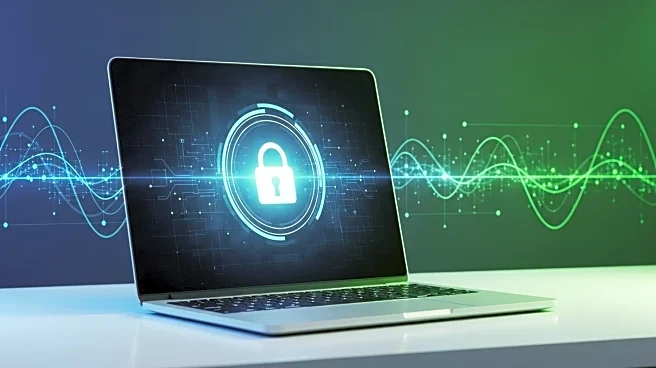What's Happening?
Cybersecurity researchers have observed a rise in cyber-attacks exploiting remote monitoring and management (RMM) tools for initial access via phishing. Advanced persistent threat (APT) groups are abusing popular RMM platforms, including AnyDesk, ConnectWise ScreenConnect, and Atera, to gain unauthorized control of systems. The DarkAtlas research project highlights that attackers are exploiting ScreenConnect’s legitimate features, such as unattended access, VPN functionality, REST API integration, and file transfer, to establish persistence and move laterally within compromised networks. These features, designed to simplify remote access, are being repurposed for phishing, luring victims into unknowingly installing malicious ScreenConnect clients.
Why It's Important?
The exploitation of ScreenConnect features by hackers poses significant risks to cybersecurity. The platform's flexibility and broad system access make it appealing to attackers, allowing them to establish persistent remote connectivity and move within networks undetected. This development underscores the need for enhanced digital forensics and incident response (DFIR) capabilities to detect subtle signs of misuse. Organizations using RMM tools must be vigilant in monitoring custom URLs, invite links, and persistent client binaries to prevent unauthorized access and protect sensitive data.
What's Next?
To counter these threats, cybersecurity defenders should focus on monitoring in-memory installer behavior, related configuration files, and event IDs generated by ScreenConnect during operation. Understanding these indicators is vital for effective threat hunting and incident response. As attackers continue to exploit legitimate features of RMM platforms, ongoing research and adaptation of security measures will be crucial in mitigating risks and safeguarding networks.
Beyond the Headlines
The ethical implications of exploiting legitimate software features for malicious purposes highlight the need for software developers to prioritize security in design. As attackers leverage the strengths of RMM platforms, developers must consider potential vulnerabilities and implement safeguards to prevent misuse. This situation also raises questions about the balance between functionality and security in software development.











